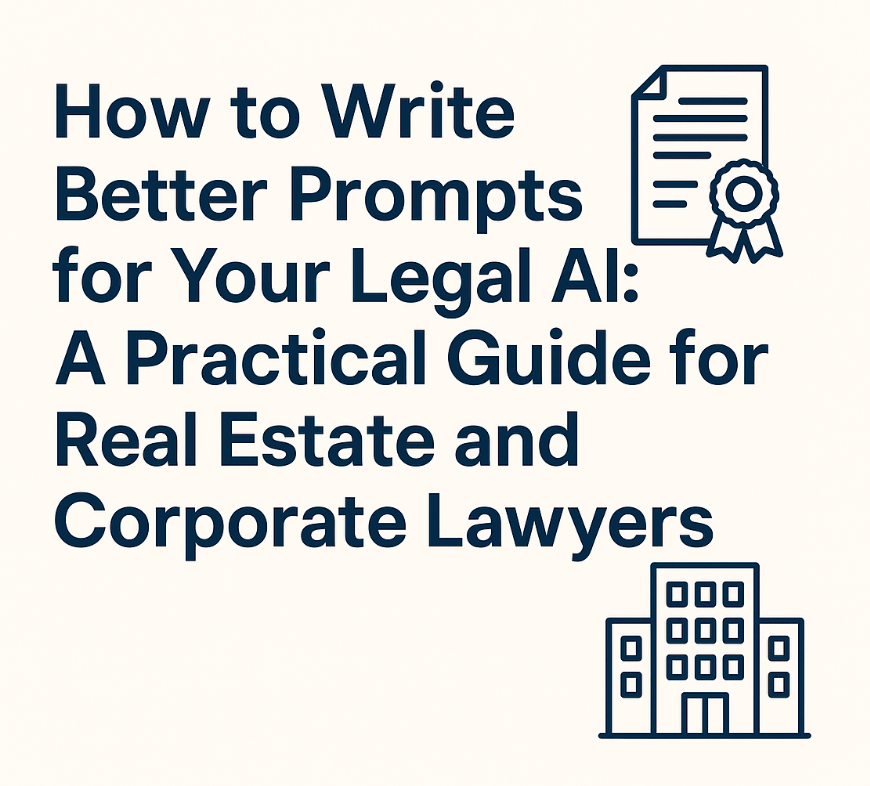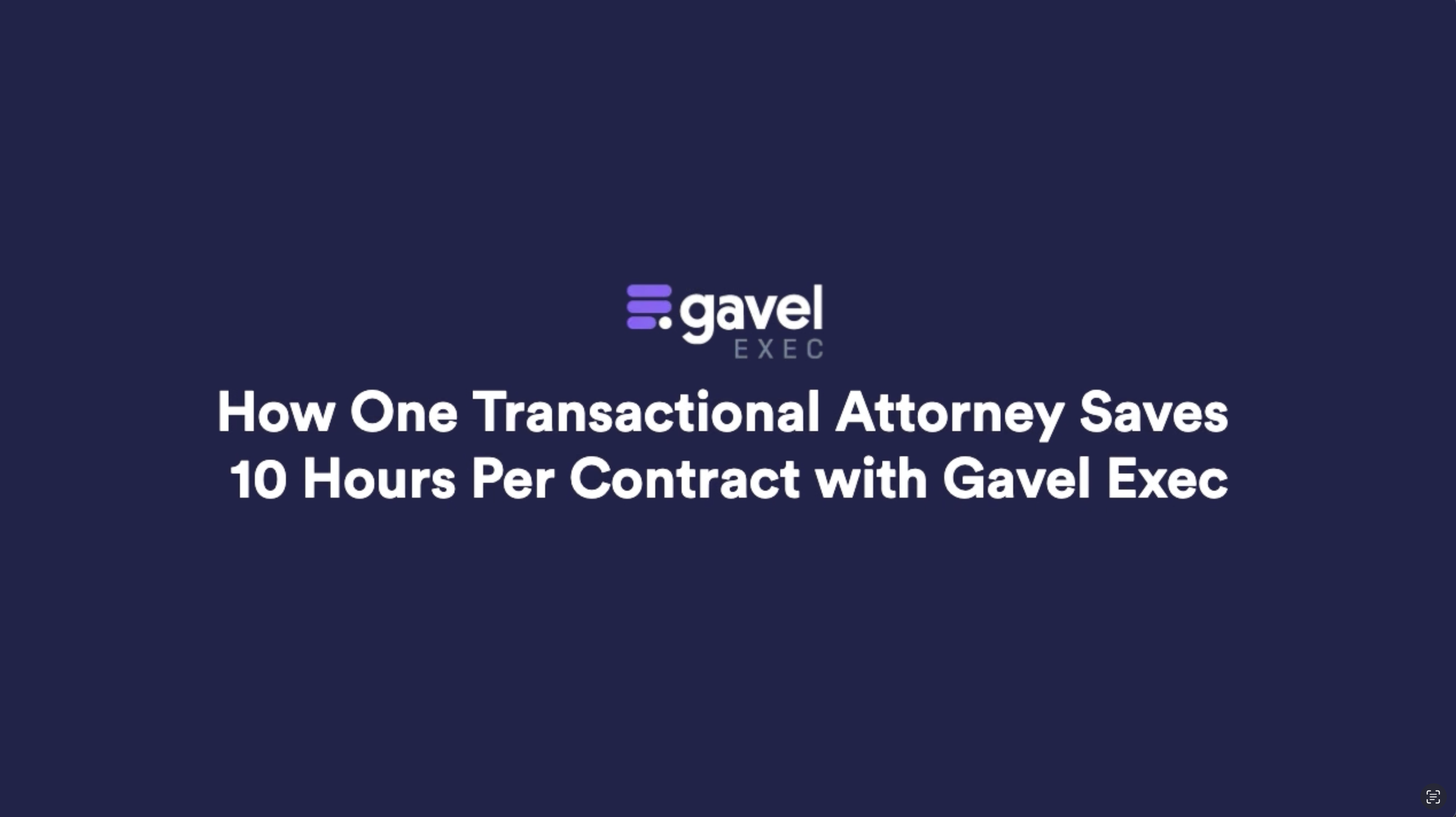Plans & Pricing
About Gavel
Careers
Product Wishlist
Subdomain Log In
Manage Account

Your #1 resource on how to use legal AI so it delivers accurate, client-ready results. Corporate lawyers are finding the key to getting real value from legal AI tools is not the technology, but rather, it’s the prompt. In this guide, I share practical strategies and 10 copy/paste-able prompts for reviewing and redlining real estate and corporate transactional documents.
Easy intake and document automation to auto-populate your templates.
By Dorna Moini, CEO of Gavel
I'm a former attorney at Sidley Austin and now CEO of Gavel, where we build legal automation and AI tools used by lawyers every day. Over the past several years, I've had a front row seat to how lawyers can use AI to review, redline, and draft transactional documents. I've also worked with teams who've built AI at places like Microsoft, and one thing is clear: the results you get from AI depend heavily on the instructions you give it.
This article is about making AI actually useful in your transactional practice. Whether you're negotiating a commercial lease or drafting a stock purchase agreement, the way you prompt determines whether AI gives you a helpful redline or a mess you need to clean up.
Here are ten tested prompts you can try today in Gavel Exec when reviewing or drafting real estate and corporate contracts. Think of these as shortcuts to better results.
If you do nothing else, copy-paste one of these into your next review session. I know you'll see the difference.
Most lawyers are trained to write with precision. Think of prompting AI like giving instructions to a first-year associate, but an associate who doesn't know the business deal unless you spell it out. See my video on how AI is not a mind-reader here.
A good prompt usually includes three parts:
Here's a side-by-side:
That extra specificity is the difference between busywork and a real time-saver.
One mistake I see lawyers make is asking AI to do everything in one pass. That's like telling a junior associate, "Fix this entire agreement." You'd never do that. Instead, you'd break it down.
Here's an exercise you can follow with Gavel Exec's chat:
Step 1: Issue Spotting
Prompt: "List all seller-friendly provisions in this asset purchase agreement that increase post-closing liability for the buyer."
Step 2: First Redline
Prompt: "Redline the indemnification and escrow provisions to reduce the survival period to 12 months and cap liability at 10% of purchase price."
Step 3: Clause Drafting
Prompt: "Draft a Delaware law-governed earn-out clause that ties payments to revenue, payable quarterly, with buyer audit rights."
Step 4: Clean Up
Prompt: "Reformat the redlines so that all changes appear in Microsoft Word track changes format, with explanatory comments."
Each pass narrows the focus and keeps the AI aligned with your objectives.
Unlike other professions, lawyers already know how to give precise, structured instructions. That's the muscle prompting draws on. You don't need to learn how to "talk to AI" the way tech folks do. You actually already have the skill set. The difference is remembering to give AI the same clarity and context you'd give a junior associate.
AI won't replace your judgment on what's acceptable to your client. But it will take the mechanical part of redlining, spotting, and drafting off your plate. That is, if you prompt it the right way.
At Gavel, we've built Exec inside Microsoft Word with one goal: to make transactional work faster without compromising accuracy. Prompts are the bridge between your expertise and the AI's ability to execute. The lawyers who get the most out of Exec aren't the ones asking it to "make this better." They're the ones giving it structured instructions like the examples in this article: specific, scoped, and tied to business goals.
I've seen firsthand how much time this saves in real estate leases and corporate deals. It doesn't replace your judgment; it clears the noise so you can focus on negotiation strategy and client counseling.
If you try nothing else, test one of the ten prompts above in your next review. The results speak for themselves.
%20(2).png)
We're getting great questions about using Invisible Logic (now called Calculations) in Workflow Builder 2.0, so we wanted to address the most common ones. Let's dive in!

"That's where the magic is. That's where I can save a good 10 hours. There's a day saved easily."